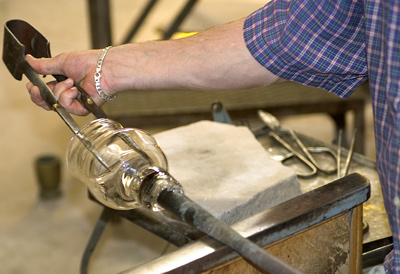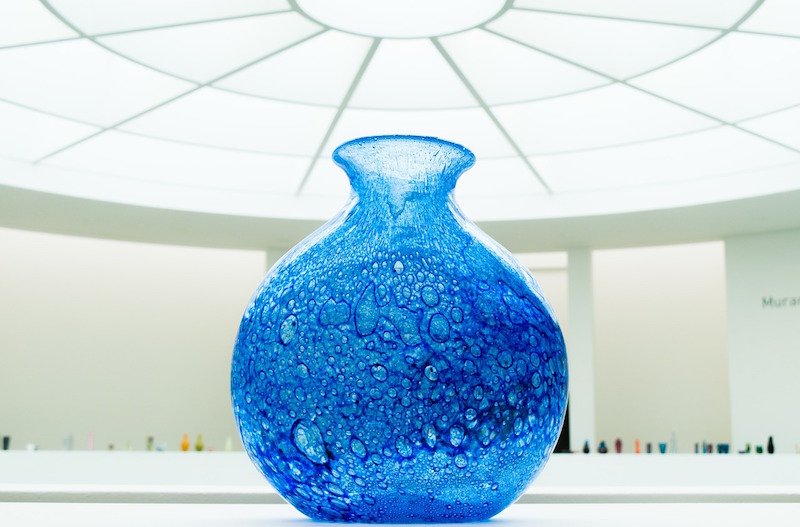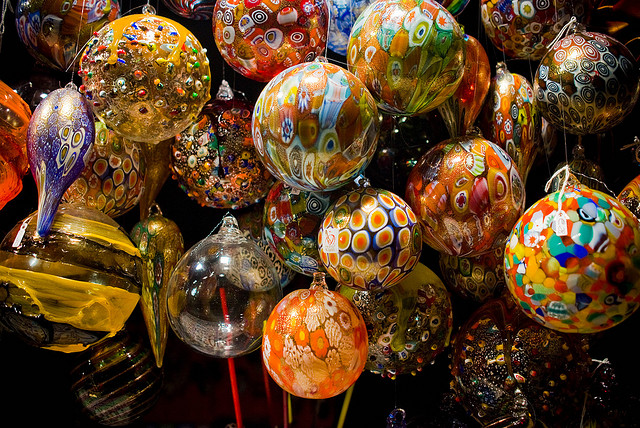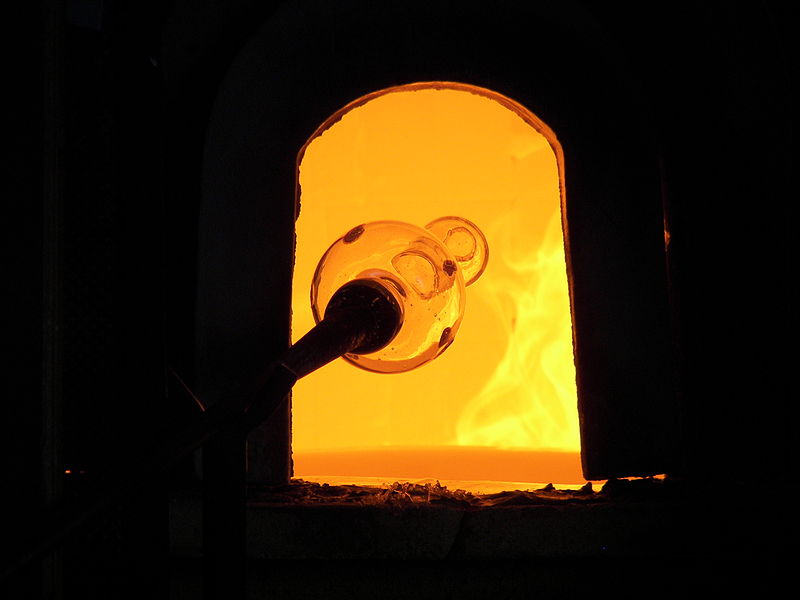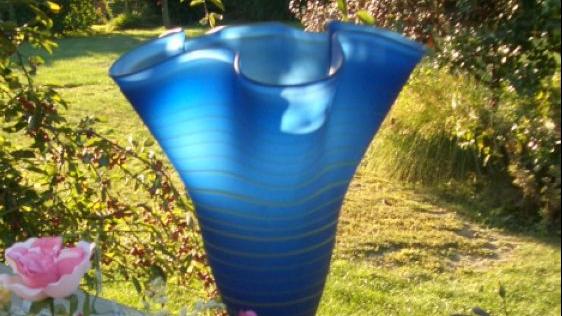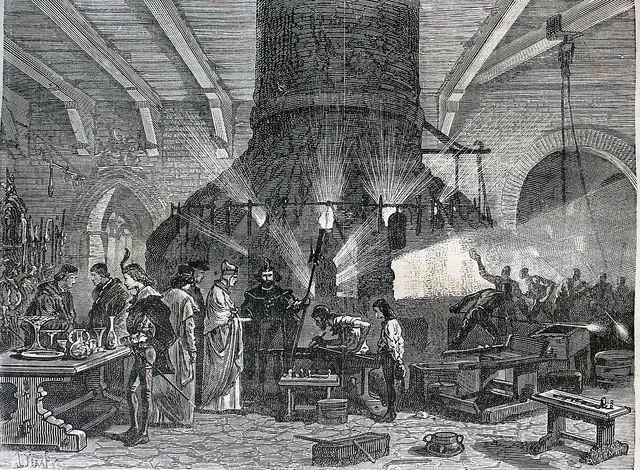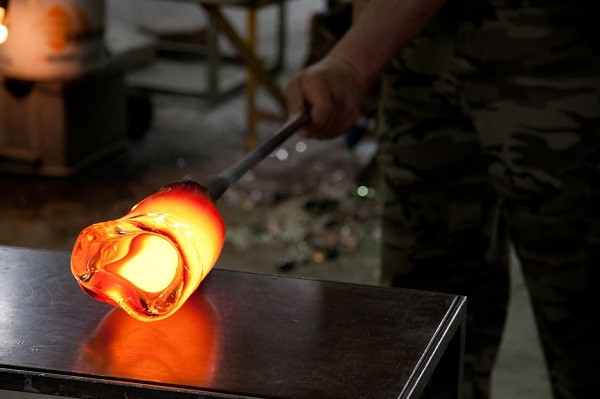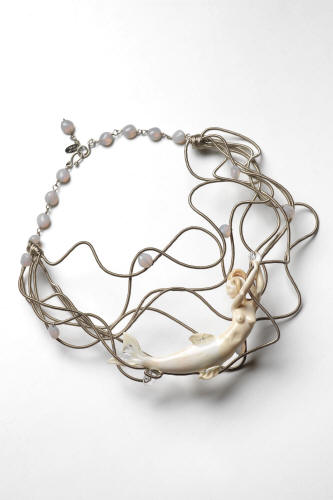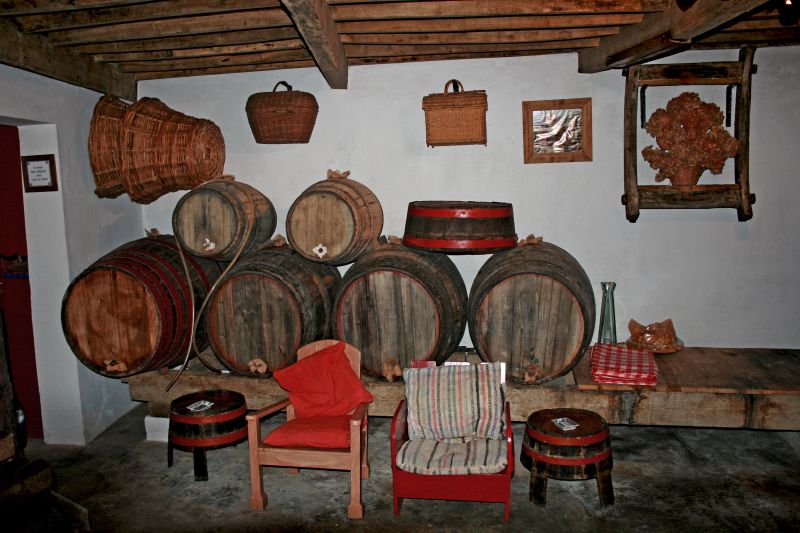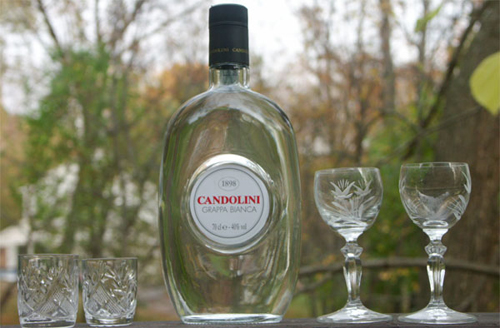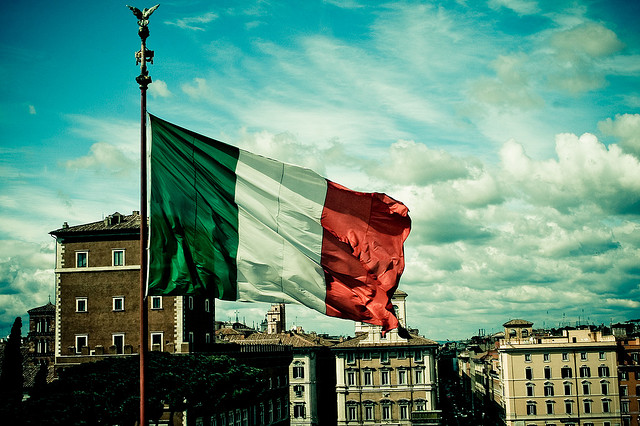Filigrana a Retortoli was first mentioned in a petition for a patent in October of 1527.
Filippo and Bernardo Serena, glassmakers from Murano, explained in their request a new method that employed bands of twisted threads and they hoped for a grace period of twenty-five years to protect their innovation and prevent other glassmakers in Murano and the whole of Venice from employing their techniques. Their technique was truly original and so their request was granted though only for a period of ten years; but the birth of the filigree technique had its genesis with these Serena brothers.

The belief exists that the Serena brothers were inspired by Alexandrine and Roman archaeological glasses, but there is not substantial evidence to firm up the theory. There are some artifacts contained by the Roman Empire Museum and the British Museum, but nothing to credit with definitive evidence. Nevertheless, the Serenas of Murano have the prestige of the innovation that was, indeed, difficult to perform. The initial part of process involved grouping and interchanging crystal and lattimo rods in order to produce a desired effect; the rods are softened and formed into cylinders that are twisted and pulled.
The next part of the technique involves cutting the twisted rods into equal and parallel segments on an iron tile spread with mud; this result would then be heated in a furnace to fuse all parts together. The glassmaker would apparently turn a crystal cone, prepared at the end of his blowing pipe, along the composition of fused twisted rods to form a cylinder that would be closed at the far end and the excess glass removed. Then a master glassmaker would model the cylinder with its lengthwise retortoli. It is a very technical process and it achieved a highly desirable form. Not surprisingly, once the patent expired, the technique was copied throughout Venice.
The filigreed pieces of this era were not for the common folk. They were highly prized as they combined both glass and metal and were suitable only for the uppermost tables of the society. Examples of sixteenth-century filigree are notable as they employed bands of pure crystal in the creation with stunning results. But filigreed glass of the Renaissance was more of an expensive novelty unlike the commonly used blown glass of the era. By the beginning of the seventeenth century further innovations included filigree glass employing decorative motifs that might include lion heads. Venetian glassmakers were also experimenting with shapes using the filigree technique to produce vases shaped like seashells for example.

Other early innovations included the use of different types of retortoli rods, new decorative motifs and shapes, and the use of the reticello technique. Reticello’s inventor is not known, nor is it known in which furnace it was first produced, but it was recorded as early as 1549. The reticello technique refers to a type of net or netting design. These objects were noted for their simplicity as well as the delicacy of the filigree work.
It was not until the Baroque era that color finally wove its way into the art of filigree glassmaking. Retortoli, or the Venetian style as it came to be known, was popular throughout the whole of the Baroque period and highly prized abroad which is why it is collected in so many foreign museums throughout Europe. Red and red-gold were the most popular color choices for this period; the glassware produced is nothing short of extraordinary.
Up until the end of the eighteenth century, Venice received many visitors from abroad, even royal personages, traveling to the glassworks simply to buy the gorgeous filigree glass. Artisan work declined after the fall of the Venetian Republic in 1797 due to the political upheaval that ensued. The quality of the glass also declined along with demand for pieces. Of course, later, collectors began to hunt for the old filigree pieces beginning some time around 1830. Few Murano glassmakers were left to produce filigree with the same skill of the old masters.
Nevertheless a revival occurred in the 1860s and the filigree technique again came into favor and was produced with great skill among the glassmakers of Murano. Although the Art Nouveau influence came to Murano quite late, when it did, it greatly impacted the glass and gave us a renewed love for the filigree technique that is still beloved by glass collectors today. With evermore design innovations, there’s a huge variety and level of workmanship in the glassware, making it as cutting edge as ever – the design possibilities for filigree glass appear to be limitless.
By J. A. Young
Read also:
